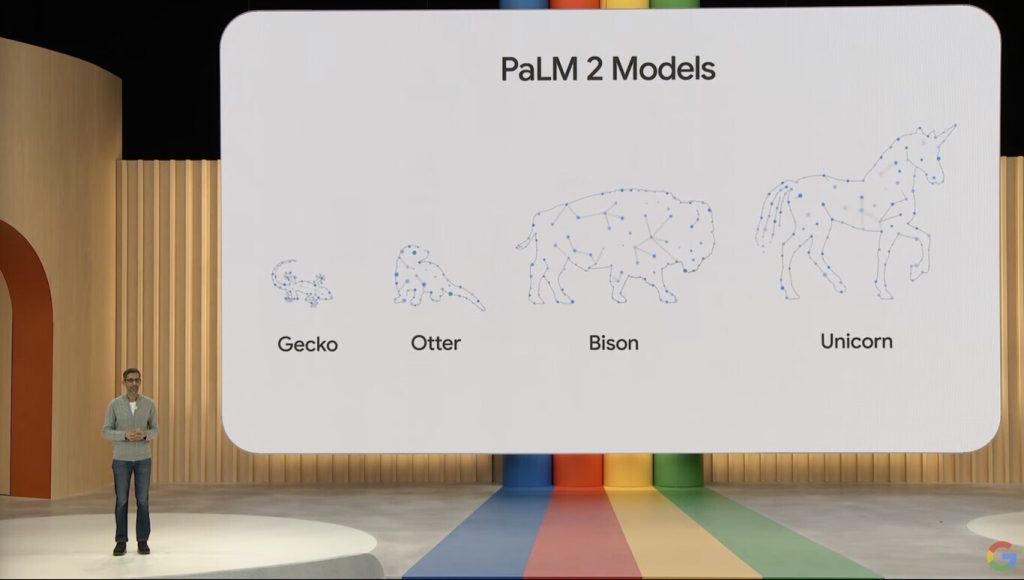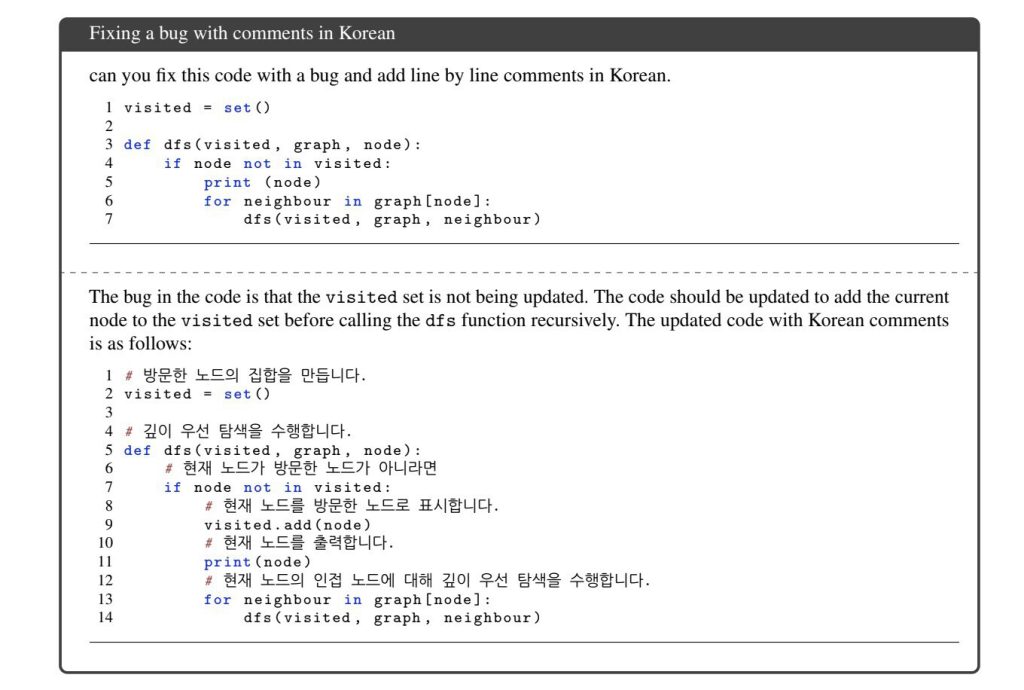We are going to explain what PaLM 2 is and how it works, the artificial intelligence model created by Google for Google Bard, and other of its tools. It is a direct competitor of GPT-4, with which Google wants its chat system to compete with ChatGPT and ChatGPT Plus.
We will start by explaining in a general way what this artificial intelligence language model is, and we will try to tell you how it works without being too complicated so that everyone can understand it. Then, we will tell you some examples of what it can do and how to test it.
What PaLM and PaLM 2 are
PaLM is an Artificial Intelligence language model created by Google to compete with GPT. These models are the brain and heart of AI chats like ChatGPT and Google Bard, it is what is inside the AI that allows it to perform the interactions. Its acronym stands for Pathways Language Model, which is the name of the model.
With these models, AI chats like Bard can have a conversation with you, understand the sentences you say and the requests you make, and respond to you naturally and coherently. It is these models that have been trained to enable these interactions.
PaLM is a system that has been trained to hold conversations with any person in the languages in which it has been trained. Its algorithms analyze the words you type, understand their order, their meaning and interpret what you want to say, and then generate a response based on the information it has been trained with.
PaLM 2 is the new version of Google’s language model, presented on May 10, 2023, during Google I/O. It is the model that will be used from now on by Google Bard, and if Google assured that PaLM was three times superior to GPT-3, it is expected that this new version can directly face GPT-4.

Another feature of PaLM 2 is that it will be available in four sizes: Gecko, Otter, Bison, and Unicorn. The idea is versatility, having a Gecko so small that it can be used in mobiles without needing large hardware, and others that are growing in power but also in requirements.
How PaLM works
To begin with, models like PaLM models are intensively trained with a large amount of data. Data is collected from all over the Internet and given to training algorithms so that this language system learns to understand the things we tell it, has within itself the information with the answers, and manages to generate written responses that are natural.
PaLM uses a model based on a transformational neural network, often referred to as a transformer. This makes PaLM at a basic level of operation similar to competing models such as OpenAI’s GPTs.
These types of models can take our written language and convert it through layers into a numerical language that can be “understood” by artificial intelligence. In addition to these layers, they also work with a large number of parameters for their automatic learning process.
For example, PaLM uses the Pathways machine learning system developed by Google to train a model through multiple pods of tensor processing units. It uses a technique that allows it to learn from a limited number of labeled examples, without the need for large numbers of examples. This allows it to quickly adapt and generalize new tasks or classes with a minimum of labeled data.
Being a transformational network, PaLM can understand and create patterns with the content of the prompts we write to it, both text and code. During its learning process, the model discovers statistical patterns and connections that exist between words and phrases within the content. This acquired knowledge allows PaLM to generate coherent and relevant responses in various contexts.
What you can do with this AI model

Google has assured that PaLM 2 has improved over its predecessor in three major areas. Come on, it’s not just a general improvement of all its abilities, but they have also focused on making three types of improvements substantial. They are the following:
- Multi-language: PaLM 2 is trained with texts from different languages -more than 100, they assure- and this has significantly improved its ability to understand, generate and translate texts -including idioms, poems, and riddles-, one of the most complex problems to solve for an AI. PaLM 2 passes language proficiency tests at a “master” level, Google says.
- Reasoning: the diversity of the dataset with which PaLM2 has been trained includes scientific studies and websites containing mathematical expressions. This has allowed it to gain ground in fields such as logic, common sense reasoning, and mathematics.
- Programming: There has also been a clear focus on including source code to train the model, and according to Google PaLM 2 excels at writing code in languages such as Python or JavaScript, but can also generate specialized code in other languages such as Prolog, Fortran or Verilog.
Google has trained this model with all kinds of sources, such as web documents, books, code, mathematics, and conversational data. The dataset with which it has been trained has been significantly larger than that of the previous version, and many sources in languages other than English have been included.
With all this, PaLM will be a language and code specialist, allowing it to analyze code fragments or find bugs. It will also be a much more advanced translator than Google Translator, being able to translate popular expressions and idioms.
PaLM 2 will be integrated into many Google services, so there are several uses you can make for it. For starters, you can use it in Bard, Google’s artificial intelligence chat, which improves the ability to know how to program as it is one of the points on which they have focused to improve it.
The model will also be integrated into Google Workspace, where PaLM 2 will become a permanent assistant with which you will be able to do your work faster. This means that it will help you write texts in Gmail or Docs but also other tasks such as organizing data better in Google Sheets.
The model has also been applied to the field of cybersecurity through the so-called Sec-PaLM. This is an adapted and specialized version of cybersecurity, which allows us to analyze and explain the behavior of potentially malicious scripts in lines of code and will be able to detect those that represent a threat to users and companies. Something like a malicious script detector.
PaLM has also been adapted by Google to have a version adapted to medicine. This version has been entered by medical research teams at Google and is promised to be able to summarize medical texts and answer many medical questions. It is even working on multimodal functions that will allow it to analyze information from X-rays or mammograms.
How to test PaLM 2
The best way to test this language model is to use Google Bard. However, we have the problem that Bard is not yet available in Europe, so it may take some time.
This post may contain affiliate links, which means that I may receive a commission if you make a purchase using these links. As an Amazon Associate, I earn from qualifying purchases.

